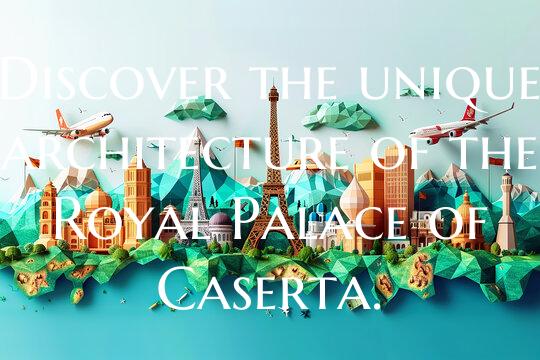
The Royal Palace of Caserta stands as a masterpiece of Baroque and Neoclassical architecture, showcasing a unique and grand design that continues to awe visitors from around the world. Located in Caserta, Italy, this architectural gem was commissioned by King Charles III of Spain in the 18th century to rival the grandeur of Versailles in France.
Upon approaching the palace, visitors are greeted by a vast forecourt adorned with statues and fountains, setting the tone for the opulence that lies within. The facade of the palace is characterized by its imposing size, featuring a symmetrical design with a central dome that commands attention. The architectural style seamlessly blends Baroque elements, such as ornate decorations and intricate detailing, with Neoclassical principles of symmetry, balance, and simplicity.
Upon entering the Royal Palace of Caserta, visitors are met with a series of lavish rooms and halls that exemplify the grandeur of royal living. The magnificent staircase, designed by Luigi Vanvitelli, is a focal point of the palace, showcasing a stunning double ramp that spirals upward in a dramatic fashion. As visitors explore the various rooms, they will encounter intricate frescoes, elaborate stuccowork, and ornate furnishings that reflect the wealth and taste of the royal family.
One of the most impressive features of the Royal Palace of Caserta is the expansive gardens that surround the palace. Designed in the style of a traditional Italian garden, the grounds feature manicured lawns, geometrically shaped flowerbeds, and a network of pathways that lead to hidden corners and picturesque viewpoints. The centerpiece of the garden is the Grand Cascade, a magnificent waterfall that cascades down a series of terraces, creating a spectacular display of water and light.
In conclusion, the Royal Palace of Caserta stands as a testament to the artistic and architectural prowess of its creators. Its unique blend of Baroque and Neoclassical styles, paired with its stunning gardens, make it a must-visit destination for anyone interested in the history and beauty of architectural design.